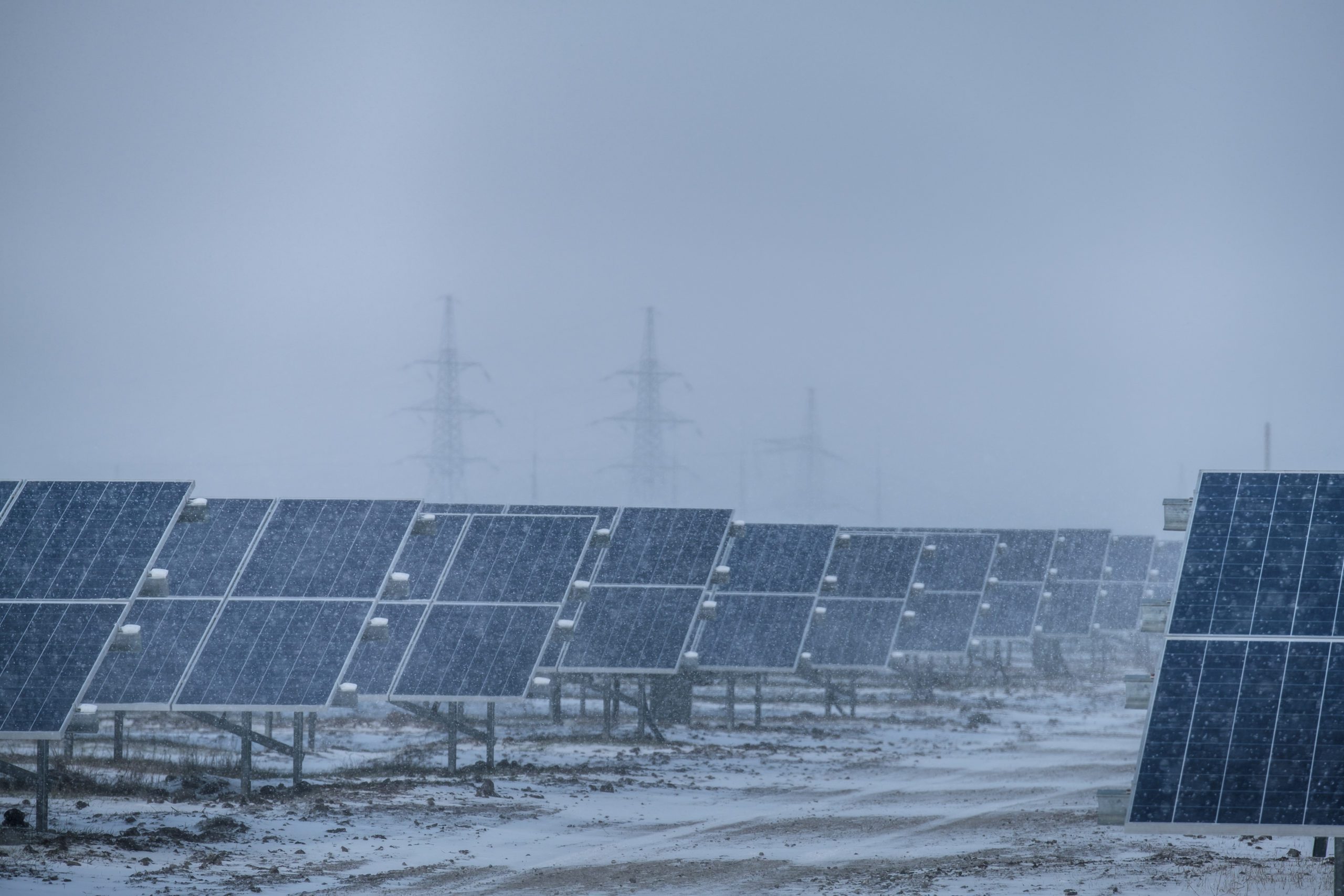Temperature – How Does It Affect Solar Panels’ Efficiency?
Solar panels are devices that convert sunlight into electricity. They are composed of a thin film of semiconductor material, usually silicon. When sunlight hits the solar panel, it causes electrons in the silicon to be knocked loose. These free electrons flow through the panel to metal contacts that act as electrical conductors, generating an electric current.
The efficiency of a solar panel depends on several factors, including the type of semiconductor material used, the thickness of the film, the amount of sunlight exposure, and the temperature. The optimal environment for a solar panel is one that maximizes all of these factors.
Solar panels are most efficient when they are exposed to direct sunlight. This means that they should be installed in an open, sunny location. The more sunlight they are exposed to the more electricity they will generate.
Solar panels also operate best at cooler temperatures. This is because solar panels rely on a process called the photovoltaic effect to generate electricity. The photovoltaic effect occurs when electrons are excited by photons, and particles of light. When the temperature is too high, the photons have too much energy and they tend to knock electrons loose from their atoms, rather than exciting them. This reduces the efficiency of the solar panel.
Ideally, solar panels should be exposed to direct sunlight and cool temperatures in order to function at their best. However, this is not always possible or practical. Solar panels can still generate electricity in less than optimal conditions, but they will be less efficient.
Optimal Environment for Solar Panels: Direct Sunlight and Cool Temperatures
The optimal environment for solar panels is one that provides direct sunlight and cool temperatures. The sun’s rays provide the energy that solar panels need to generate electricity, and the cooler the temperature, the more efficient the panels will be. That’s why solar panels are often installed in deserts or at high altitudes, where the sun is strong and the air is typically cooler than at lower elevations. The temperature of the panel itself also affects its efficiency; too much heat can cause the material to degrade, making it less effective at converting sunlight into electricity. Therefore, it’s important to keep solar panels cool, either by installing them in a cool location or by using a cooling system to keep them at optimal operating temperatures. By doing so, you can ensure that your solar panels are able to operate at their best and generate maximum power.
Efficiency of Solar Panels is Affected by Temperature
Solar panel efficiency is defined as the percentage of sunlight that is converted into usable electricity. In order for a solar panel to be effective, it needs to be able to absorb as much light as possible. Unfortunately, this absorption is not always possible due to factors like temperature. When it’s too cold, the solar panel’s material contracts and becomes less effective at absorbing light. On the other hand, when it’s too hot, the material expands and also becomes less effective. As a result, there is an optimal temperature range in which solar panels are able to function at their highest level of efficiency. This range varies depending on the type of solar panel, but is generally between 77 and 104 degrees Fahrenheit. Outside of this range, the efficiency of solar panels begins to decrease. However, new advancements in technology are slowly beginning to expand the range of temperatures in which solar panels can operate effectively. With further research and development, it may one day be possible for solar panels to function just as well in cooler or hotter climates.
Cooler Temperatures are Better for Solar Panel Function
Solar panels are devices that convert sunlight into electricity. They are made up of a number of individual solar cells, which are connected together to form a panel. When sunlight hits the solar cells, it causes a flow of electrons, which generates an electric current. The strength of this current depends on the amount of sunlight that hits the panel, as well as the efficiency of the solar cells. However, temperature also plays an important role in determining the strength of the current. In general, cooler temperatures are better for solar panel function. As the temperature rises, the electrical resistance of the solar cells increases, which reduces the flow of electrons and lowers the overall output of the panel. Therefore, if you want to get the most out of your solar panels, it’s best to keep them cool. There are a number of ways to do this, such as using a reflective coating or installing them in a shady location. By taking measures to keep your panels cool, you can help ensure that they operate at peak efficiency.
New Advancements in Technology That Expand Temperature Range for Effective Solar Panel Operation
Advancements in technology have expanded the temperature range for effective solar panel operation. Solar panels are now able to function effectively in both extremely cold and hot temperatures. This is due to advancements in the material used to construct solar panels, as well as the implementation of new cooling and heating technologies. The expanded temperature range for solar panel operation means that more locations are now viable for solar energy production. This is especially beneficial for locations with extreme climates, as solar energy can now be produced even in those conditions. The expanded temperature range also makes it possible to produce solar energy at night, as the panels can still function even when the ambient temperature is low. Ultimately, advancements in solar panel technology have made it possible to produce renewable energy in a wider range of conditions, making it a more viable option for meeting energy needs.
Overall, there is no one optimal environment for solar panels. The ideal temperature range for solar panel operation varies depending on the type of panel, but is generally between 77 and 104 degrees Fahrenheit. However, new advancements in technology are slowly expanding the range of temperatures in which solar panels can operate effectively. No need to worry if you live in an environment that has temperature’s outside the optimal range. There are plenty of solar panel options still available to you. Contact us at Solar by Nature, Inc for help finding your perfect solar setup!


